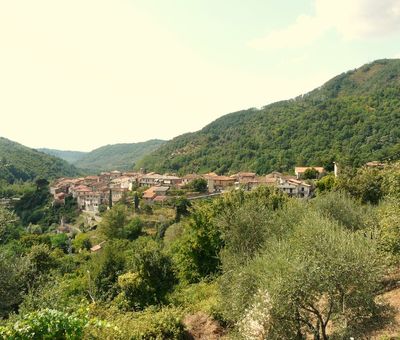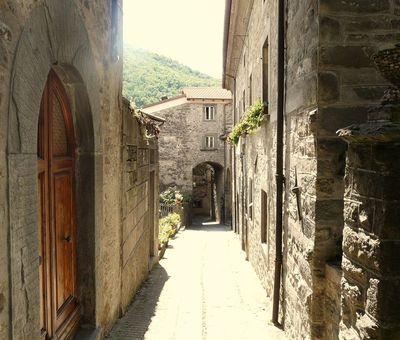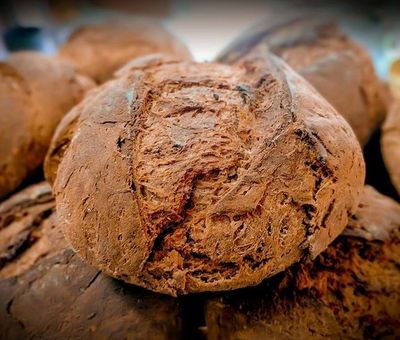The Yeti lives yet
In mountain villages - and here we are at the gateway to the Apuan Alps - the stories and traditions that go around, whispering of obscure figures, number in their thousands. In Casola, one such legend persists, and it concerns a wild man, wild enough, even, to resemble the Yeti.
They say that he visits the little hamlets around the village, especially on rainy days. There are those who have seen him and those who have only heard tell of him; some describe him as tall and strong, others as short and hunchbacked. As with every folk tradition, different versions abound, but the legend exists and in Lunigiana it has existed for centuries. Apart from appearing in stories that are told to frighten misbehaving children, the Yeti is also associated with a great discovery: for it was he, so it is said, who first bought ricotta cheese to these parts.
The legend is handed down in dialect: “A siam come l'om servatig, cuand piò i va a laorar i cuand tir vent i sta a cà”, or “This is the way of the wild man: when it rains he goes about his work, and when the wind blows he stays at home.”
The lover of Elisa Bonaparte
One legend that certainly contains a grain of truth is that of a strange character who decided to devote himself to the most nefarious purposes, enough to make the Devil befriend him. He summoned spirits, he importuned women, he threw Bacchanalian parties and his party trick was to make people levitate. At his death he went the way of the Devil. Or so goes the story, which concerns a figure much discussed in these parts: Pietro Cillà, an army doctor who had the dubious fortune of being the lover of Elisa Bonaparte, sister of Napoleon. While the Emperor of the French held power over these territories, all went well for the medic, and even his “transgression” was tolerated. But when the wheel of fortune turned, he fell into disgrace and his name was blackened and defamed.
Potatoes and chestnuts against hunger
Lunigiana’s poor, largely agricultural economy has had a strong influence on local cuisine. Because of difficulties in growing arable, especially in the mountain areas, the only flour available was that obtained from chestnuts, which was used even in breadmaking. One of Lunigiana's most characteristic exports bears the very name of the village: “Marocca di Casola” is a bread made by mixing chestnut flour and mashed boiled potatoes into a dough. Strictly wood-baked, the taste of the chestnuts renders this dark brown bread slightly sweet; today it is part of the Slow Food movement.
On the subject of potatoes, Casola was one of the first Tuscan villages to develop the cultivation of this handy vegetable. They arrived in Lunigiana at the end of the eighteenth century, thanks to northern Italian merchants, but it was a Florentine by the name of Girolamo Bartolomei who urged the town's governor to start sowing their seeds, which he did immediately, following a manual.







